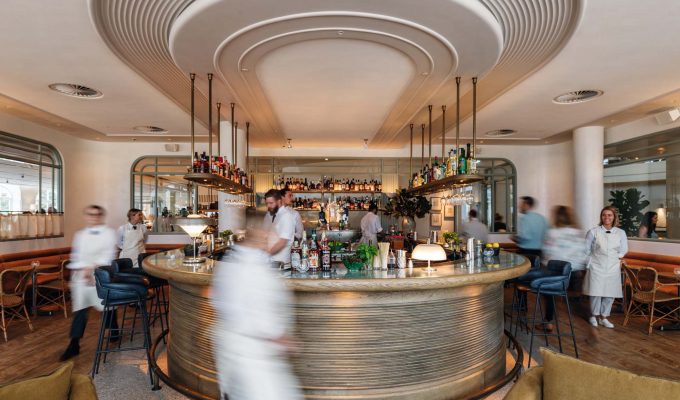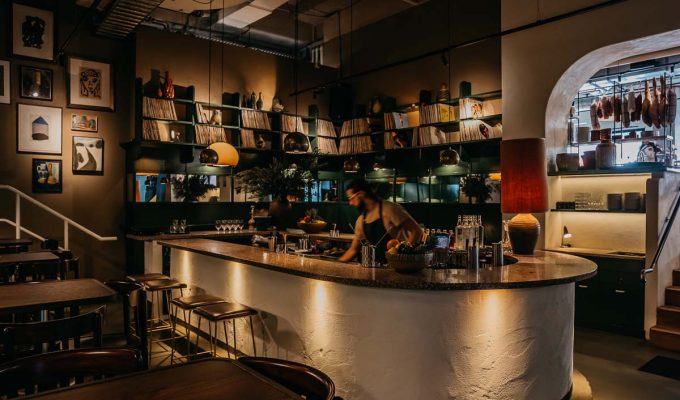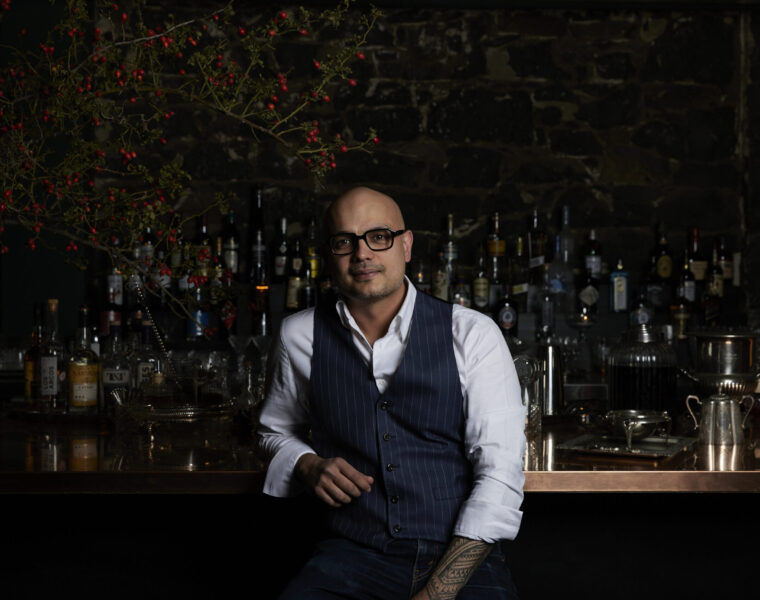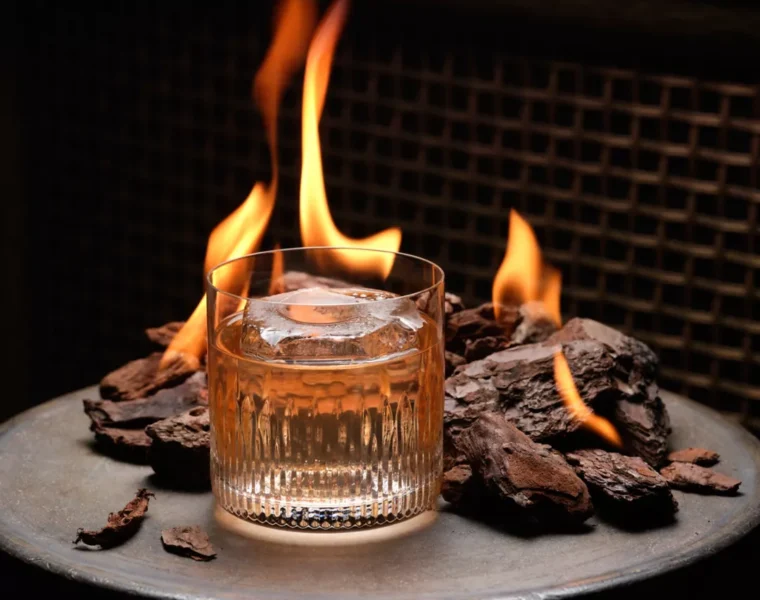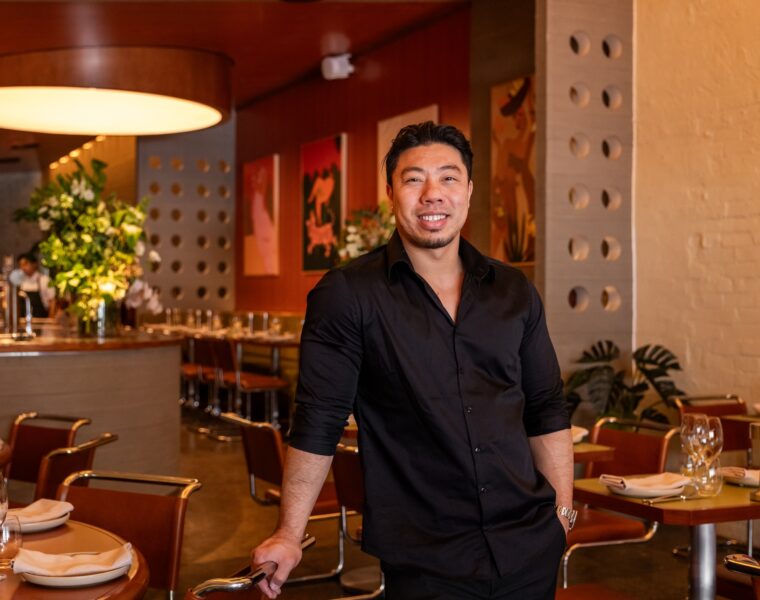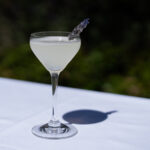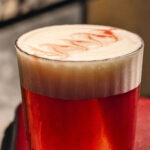
Story by Sam Egerton, Group Bars Manager Merivale
One of the unfortunate outcomes of a globally connected world is the proliferation and expansion of conspiracy theories. Whether it be QAnon, 5G, or the Singularity, there is plenty of opportunity to fashion yourself a mighty fine tinfoil hat and hide in the garage until the end of days. But despite all these fashionable distractions, there is a deeper truth, that since the beginning of the Neolithic revolution we have been operating at the whim of a single-celled organism with one thing in mind – to stay alive. This invisible menace caused us to give up our nomadic lifestyle and embrace a life of oblivious indentured servitude.
As COVID shut down our industry and the greater world, the bakery aisle was the second to feel the effects of the mass hysteria – why sourdough?
There are global industries where the primary purpose is to keep yeast alive. Before we even knew what yeast was, we knew it was safer to drink and eat a fermented product. Most brewers will joke that in reality they work for the yeast – that their job is to feed it and keep it happy. This organism from the fungi class of flora is found in biofuels, baking, the wine industry, and of course brewing. It is everywhere – in the air, in the soil, on your skin.
Who runs the world?
Yeast.
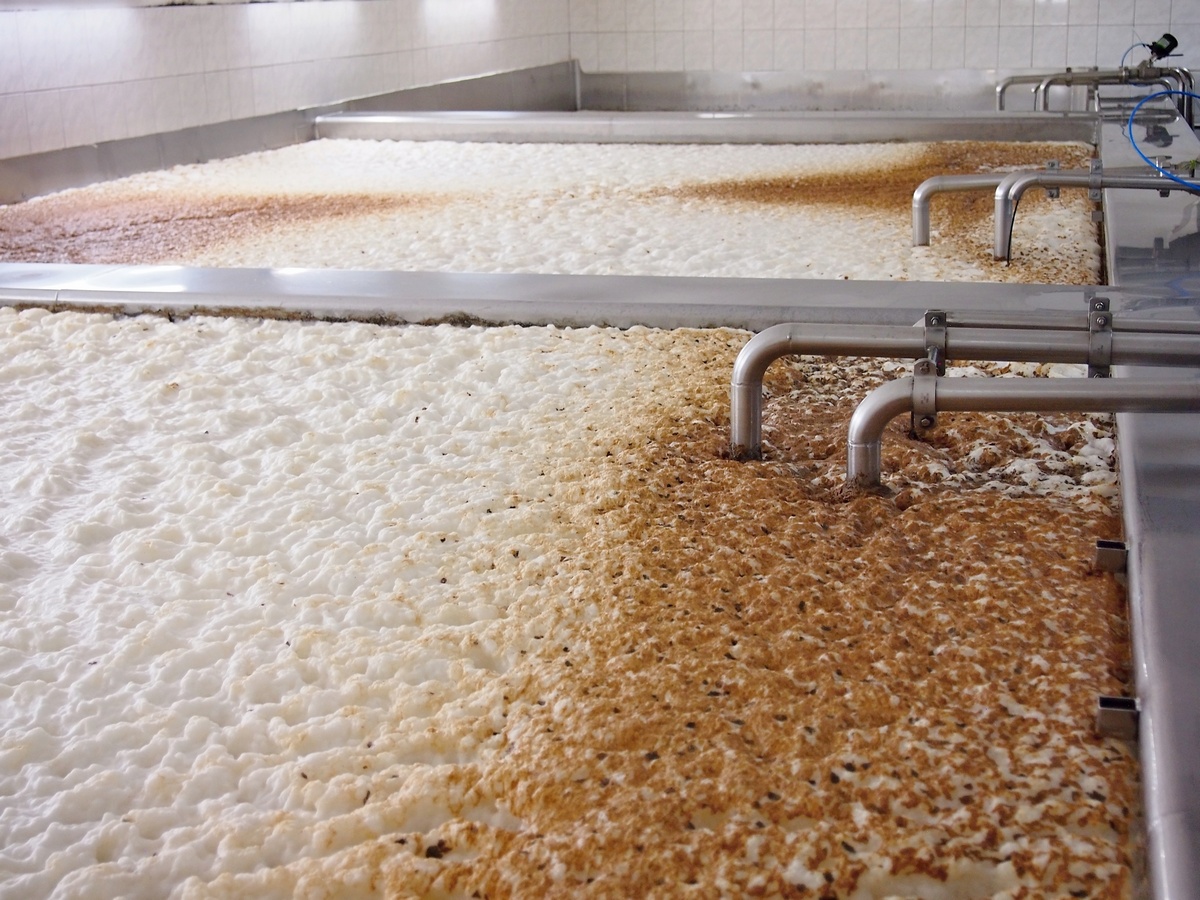
Yeast first originated hundreds of millions of years ago and established itself as part of our ecosystem as homosapiens evolved. By intelligently showing us how to make delicious booze (through fermentation) they could enjoy a relatively cushy eternity alongside our own journey of expansion. While there are many species of yeast, there are two principal types that brewers are concerned with: Saccharomyces Cerevisae, aka Ale Yeast, and Saccharomyces Uvarum or Pastorianus (formerly Carlbergensis), aka Lager Yeast. Within these species hundreds of unique strains bring their unique characteristics to the brewing experience.
Now for a bit of the technical stuff.
Fermentation is the process of yeast taking starches and sugars and turning them into alcohol, C02, and more yeast. Fermentation is the primary means of producing adenosine triphosphate (ATP) by breaking down organic nutrients anaerobically (without oxygen). ATP is an energy-carrying molecule found in the cells of all living things. Yeast takes sugar (glucose) and breaks it down to release carbon dioxide, alcohol and ATP in a low oxygen environment. Comparatively, we do the same thing – except in our case glucose is combined with oxygen and carbon dioxide, water and ATP is released. The human body creates energy in the presence of oxygen, which is why we breathe. Although yeast produces alcohol during the fermentation process (yay, bevvies), yeast is actually more focused on producing ATP so it can stay alive.
Unfortunately, yeast doesn’t care about what you want – but through the adjustment of conditions (temperature, pH, water) it can be coerced to act in a certain way to create specific styles of beer. Through the intentional (and unintentional) evolution of brewing we have managed to create yeast strains that act in some very specific ways. Although there is no black and white when it comes to beer and brewing, breaking things down by traditional yeast influences helps to carve things out.
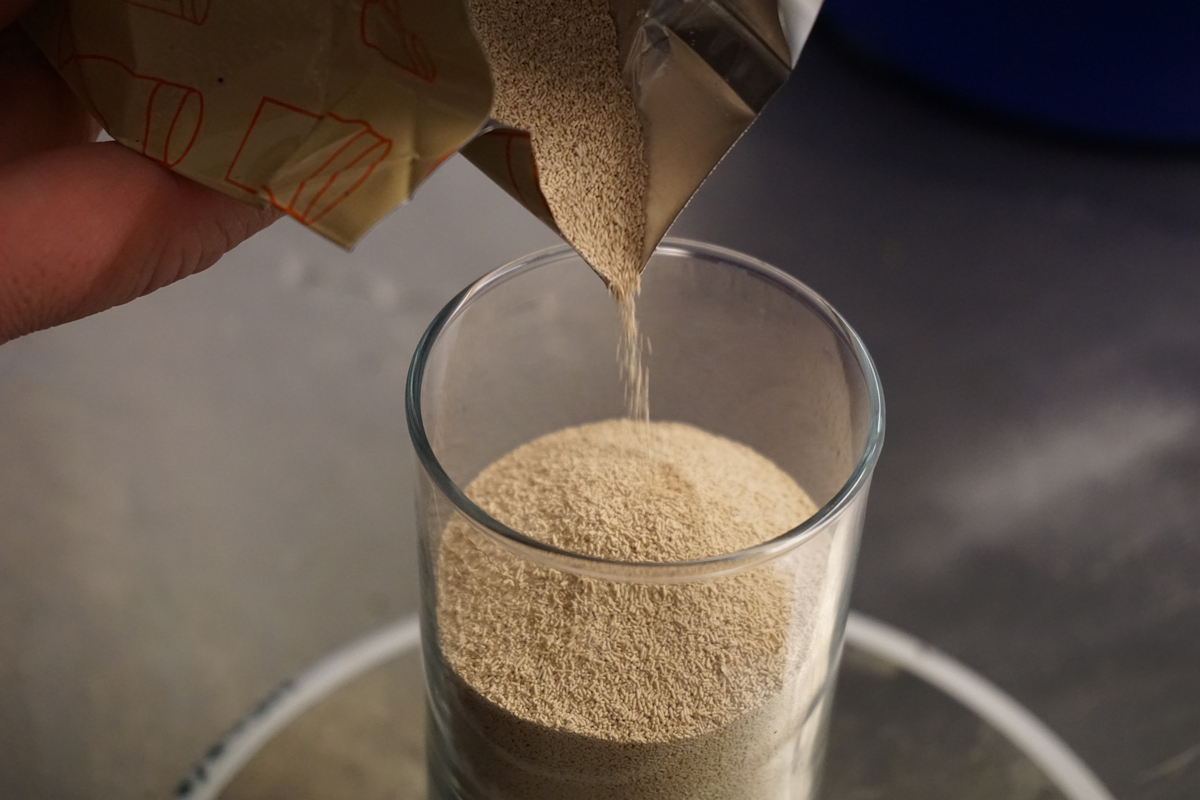
Ale yeast (Saccharomyces Cerevisae) is by far the older type of brewing yeast. Fermenting at warmer temperatures, typically between 17 and 24 degrees, ales ferment quickly taking as little as a few days. During the fermentation process, most ale yeasts will produce flavours and aromas that give a beer style its unique identity. These aromas tend to be fruit driven, spicy and complex. The spectrum of ales is vast, taste Stone & Wood Pacific Ale next to Guinness and you start to get the picture. Once the yeast has finished consuming sugar it tends to rise to the top of the fermentation vessel and forms a cake-like mass – this is where ale yeast gains its moniker as ‘top-fermenting’. This yeast can be skimmed from the top of the brew and then added to the next batch to create consistency in the brewing process. The entire process can happen so quickly that some ales can be consumed in as little as a week. Lagers, unfortunately, require a little more patience.
Lagers are relative newcomers to the world of beer but firmly hold the title for the most consumed style in the world. In the world of beer, lager pays the bills. Lager yeast (Saccharomyces Pastorianus) was not discovered until the mid 1880s, but in Bavaria (Germany) brewers had probably been using it for some time. Before refrigeration, these brewers carried out their fermentation in deep, cool caves and tunnels to protect them from the external heat. This eventually evolved their yeast to prefer the lower temperature. They are at their best between 7 and 13 degrees, with a fermentation that is slower and less tumultuous than ale. Once the fermentation is complete the yeast settles to the bottom – hence lagers are referred to as ‘bottom-fermenting’. Lagers require additional time in cold storage (the term Lager comes from the German word lagerung ‘to store’) with aging lasting weeks or even months in temperatures close to 0 degrees. Lager yeasts produce beers that have clean, straight forward flavours driven by malt and hops – if you haven’t drunk a Pilsner Urquell after a solid service add it to your list, you don’t yet know refreshment.
Wild Yeast refers to any species of yeast in fermentation other than the pitching yeast (the first yeast added pre-fermentation), often derived from the environment in or surrounding the brewery. Centuries ago, before brewers discovered what yeast truly was, beer was allowed to spontaneously ferment. As soon as the wort (pre-fermented sugar rich liquid) cooled, wild yeasts in the air and the barrel would invade the wort and begin the fermentation. This ancient way of brewing lives on in the lambic beers of Belgium and this practise of encouraging wild yeasts in brewing has started to gain popularity across the globe.
The beers at Wildflower in Sydney have reached cult status and are well worth the journey to their cellar door in Marrickville to get your head around this unique style.
The introduction of wild yeast into wort or beer can be intentional, as in the production of spontaneously fermented lambic beer, or unintentional, through contamination in the brewery. Wild yeasts are considered spoilage organisms in modern brewing and are largely avoided. Wild yeasts can be natural strains of Ale (Cerevisiae) or Lager (Pastorianus) as well as Brettanomyces, the culprit responsible for barnyard or horse blanket aromas.
A classic example of a beer that uses Brettanomyces in a controlled setting is Orval – a miraculous beer if you can get your hands on it. Craft breweries across Australia are starting to play with ‘Brett’ – Wayward’s Brett IPA showcases this is an approachable manner. Although not technically ‘wild’ yeast, acid-producing bacteria such as Lactobacillus and Pediococcus have their place in this realm of brewing. Lactobacillus, more commonly found in yoghurt, creates the sour and tart flavours becoming increasingly popular in craft brewing – a good Berliner Weisse is as refreshing as a daiquiri in my opinion. Pediococcus, which plays an integral part in sauerkraut, is also a key component in the magical process of making Rodenbach, a beer accurately referred to as the Burgundies of Belgium. Rodenbach Grand Cru is worth tracking down and is at the top of my desert island beer list – the last time I stopped by Burrow Bar in Sydney they had it in the fridge.
Forget what Fox News is telling you, get out of your YouTube rabbit hole and come to terms with the fact that we were never in control, but at least our malevolent overlords gave us something tasty to drink along the way.





